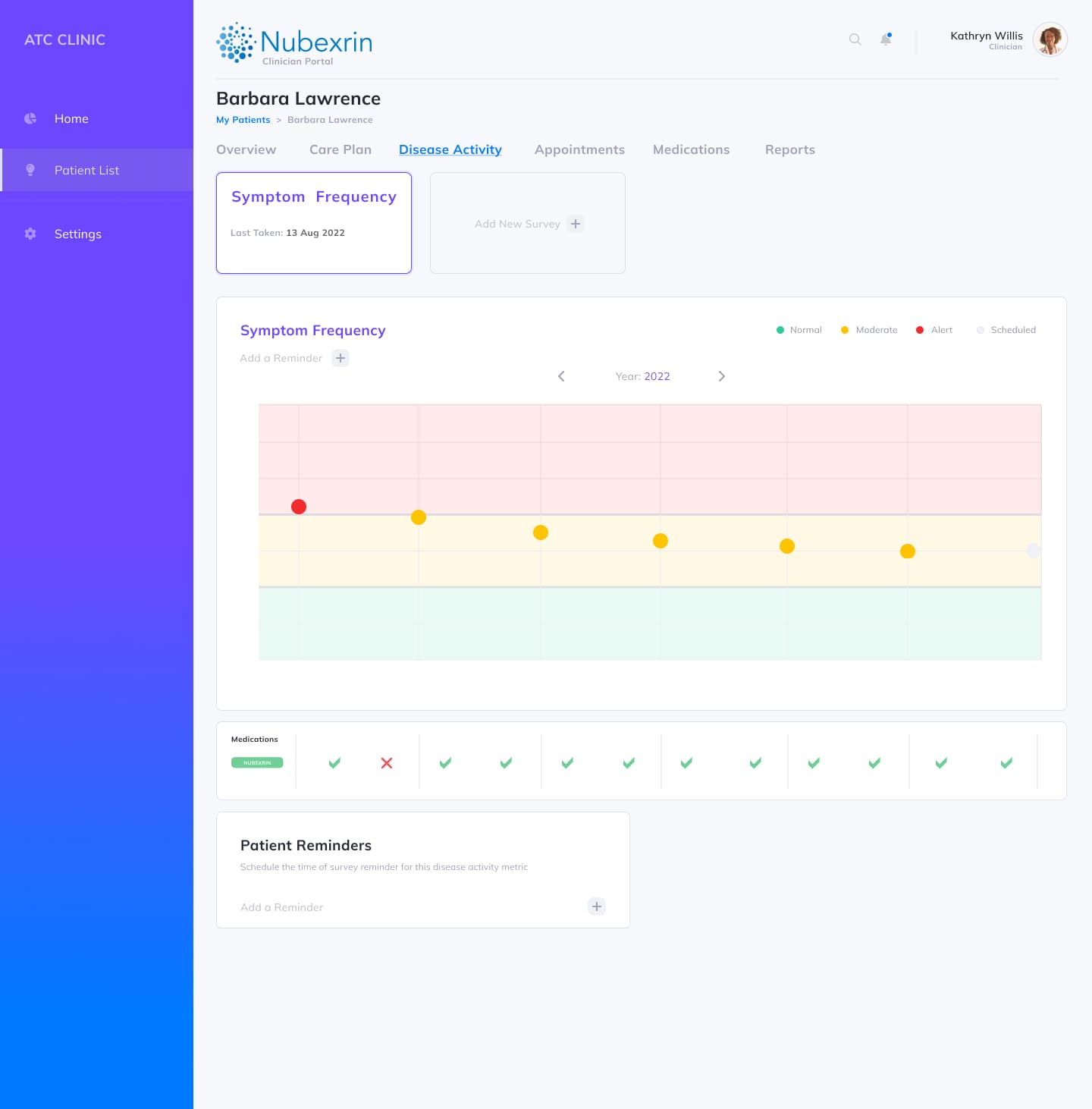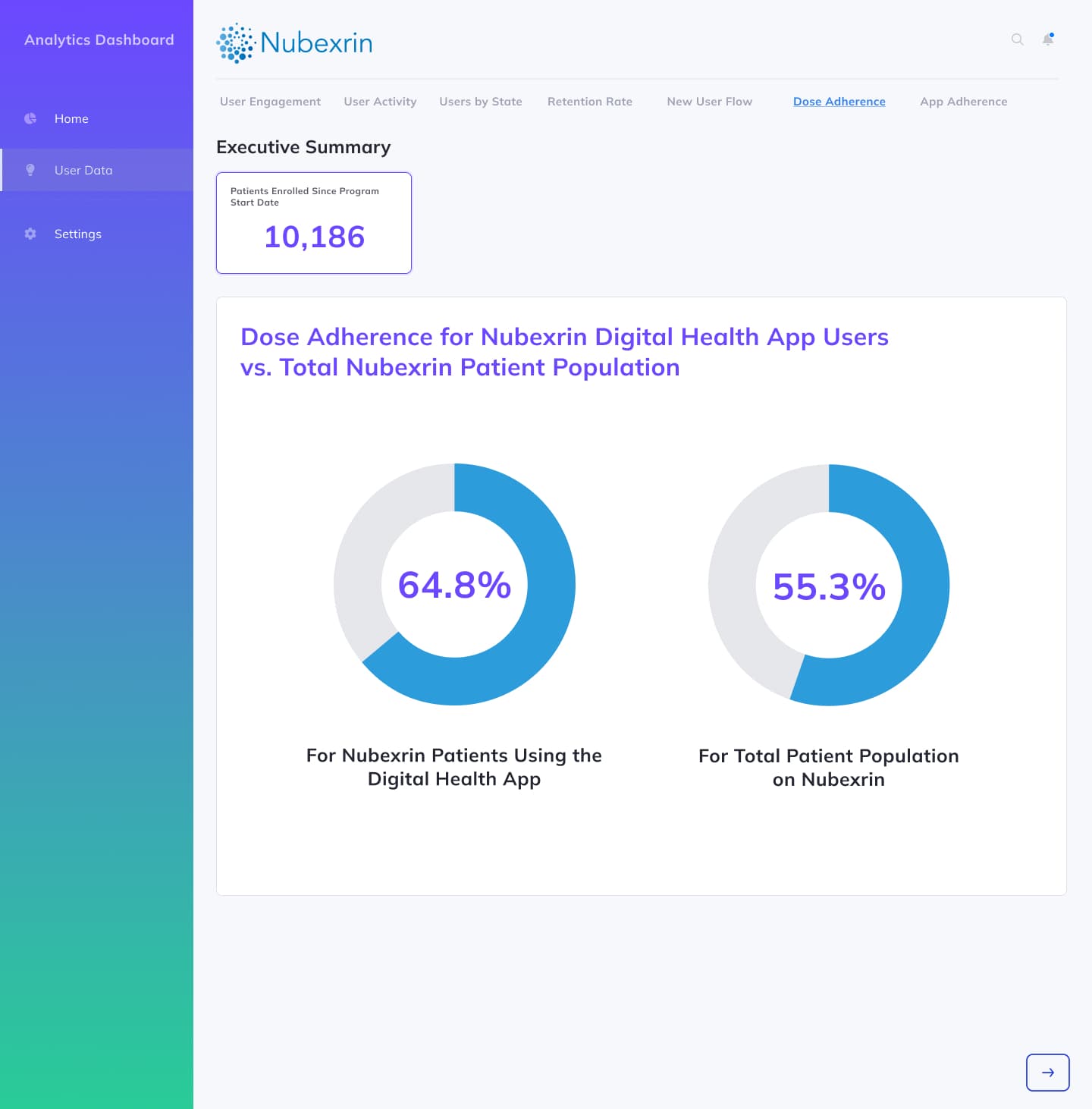Cancer care has experienced dramatic advances in the last decade that will benefit millions of people and their families worldwide. About 40% of Americans will be diagnosed with cancer at some point during their lifetimes, and cancer is among the leading causes of death worldwide. Solid tumors account for about 90% of cancers in adults.1
Biopharma is innovating in oncology at a rapid pace. The FDA has recently overseen some 800 cell and gene therapy applications. And 20% of global pharma sales are in oncology. Due to advances in early detection and breakthroughs in cancer therapies—including personalized and precision medicine, immuno-oncology and others—cancer patients are living longer than ever.2
But these advances also introduce challenges that could limit their true potential. For example, medical imaging and minimally invasive biomarkers hold promise for improving cancer detection, treatment and monitoring. But it can be a challenge to interpret the vast amounts of data to fully realize those potential advances.
Forward-thinking biopharma leaders recognize the opportunity that lies in digital disease management. In a recent survey from BrightInsight and HealthXL, 61% of respondents said that disease management is the most promising use case for Software as a Medical Device (SaMD). And across SaMD, oncology was the second-most active therapeutic area, making up 16.5% of SaMD activity. While it’s clear that biopharma companies are playing in the oncology digital space, there is ample opportunity for solutions that specifically address some of the biggest challenges in treating solid tumor cancers.
A 2020 meta-analysis found that digital health solutions that collected electronic Patient Reported Outcomes (ePRO) and enabled remote monitoring showed "benefits to patients regarding symptom reporting and management, reduction in symptom distress, decrease in unplanned hospitalizations and related costs, and improved quality of life and survival."3
Regulated digital solutions can enhance patient care and drive therapy value in a multitude of ways: impacting physician prescribing patterns, improving patient access, increasing adherence or persistence and optimizing dose delivery, among others.
Digital enables more engaging patient experiences by increasing therapy compliance, improving disease and medical tracking and, as importantly, building connections among patients and with healthcare providers. The data collected with digital can be used to deliver more personalized therapies, increase reimbursement and potentially increase revenues through extended patent life."
– Brad Gescheider, former Global Head, Digital Innovation and Patient Services, Immunology at Sanofi
1 Tawfik EA, Aldrak NA, Albrahim SH, et al. Immunotherapy in hematological malignancies: recent advances and open questions. Immunotherapy. Sept. 9, 2021.
2 Pulte D,Jansen L, Brenner H. Changes in long term survival after diagnosis with common hematologic malignancies in the early 21st century. Blood Cancer Journal. May 2020.
3 Aapro M, Bossi P, Dasari A, et al. Digital health for optimal supportive care in oncology: benefits, limits, and future perspectives. Support Care Cancer. Oct. 2020.
Part of the challenge in designing digital disease management solutions lies in the complexity of disease management itself. Here are some of the key hurdles faced by providers and patients during solid tumor treatment:
Wearables can enable active communication between the patient and the care team, helping the patient feel connected. That connection can make for a better patient experience, which in turn can improve outcomes."
– Oncology executive at a leading life sciences company
These challenges frustrate providers and patients alike, and bleed value from the healthcare system. Well-designed digital solutions can address these shortcomings, enhancing the patient experience by connecting healthcare stakeholders and giving them tools to excel.
Successful digital solutions restore value in three important ways:
We should be growing faster, acquiring more patients. Marketing budget is not enough to solve upstream challenges. Relying on TV ads is a brute-force approach, but what is required is a surgical approach: How do we get patients paired with the right doctor, healthcare system and drug? It takes time and resources, but the brand lifecycle is finite. How do you get more patients on your brand? Digital."
– Data science & artificial intelligence lead at a top 10 biopharma company
5 Basch E, Allison MD, Dueck AC, et al. Overall Survival Results of a Trial Assessing Patient-Reported Outcomes for Symptom Monitoring During Routine Cancer Treatment. JAMA. July 11, 2017.
6 Press release. Artificial intelligence expedites breast cancer risk prediction. August 29, 2016.
7 Svoboda E. Artificial intelligence is improving the detection of lung cancer. Nature. Nov. 18, 2020.
In order to ease these disease management challenges and take advantage of the wide range of opportunities, it’s important to take a strategic approach. Here are some benefits our Disease Management Solution can deliver:
Applications that are configurable to meet your unique needs are core to both accelerating speed-to-market and expanding your product portfolio over time. Our solution supports:
It’s also important to build on a platform that’s compliant with even the most highly regulated digital health SaMD classifications. This allows you to maintain compliance across geographies and over time, even as the product scales and evolves.
I would access [BrightInsight's clinician portal] prior to the patient appointment for preparation to understand what's happened, and during the consultation to highlight areas of concern for the patient and show improvement or decline. I like the user-friendliness of this—I feel better equipped to use this to inform payers."
– Nurse practitioner, hematology/oncology
HEALTHCARE PROVIDER INTERFACES

Our Healthcare Provider Interfaces enable clinicians to see trend data directly within their EHR workflow to track how patients are responding to therapy and where any changes to the care plan may be needed.
A patient app with tools that support patients throughout their disease management journey is a key differentiator. A great patient app solution helps patients recognize the impact of their actions through features like symptom tracking, patient-care team communication, automated medication and refill reminders and integration with connected devices.
The best patient tools include personalized drug dosing algorithms to drive adherence and persistence, plus personalized education tools designed to empower patients.
DAILY SYMPTOM LOGS

Patients can track the frequency of symptoms they are experiencing with tools like daily symptom logs and quality of life surveys help track the impact on daily living.
MEDICATION AND APPOINTMENT REMINDERS

The patient app automatically imports prescriptions directly from the EHR and medication reminders support treatment adherence. Connected devices, such as an integrated Smart Pill Box, which captures each date, time and dose of therapy administration, can help patients manage their condition.
Right now, I'm writing all this down. Every time I go in, every three months, the doctors are asking for this information. If I could record between scheduled visits, which days I'm having nausea, lipidemia, that would be great because the doctor was repeatedly adjusting my doses and medications based on my side effects."
– Tanya, breast cancer patient
The most powerful digital health solutions allow for the secure, compliant capture and use of patient- and population-level data. On an individual level, analytics dashboards with usage and usability metrics, combined with algorithm hosting, aid clinical decision-making, increasing patient adoption and engagement. On a broader level, data powers reimbursement management tools, demonstrating therapy value to payers and increasing therapy access.
A PLATFORM FOR COMPANION DIAGNOSTICS
Personalized, or precision medicine, has revolutionized cancer care. These therapies rely on biomarker tests to identify the right therapy for the right patients at the right time. Due to these advances, more and more cancer treatments require a companion diagnostic to identify eligible patient populations or those at increased risk for adverse reactions.
A digital Connected Diagnostic Platform can complement disease management tools to optimize device performance and enhance the patient experience while maintaining global regulatory compliance and best-in-class security.
BrightInsight’s Connected Diagnostics Platform leverages real-time data to streamline workflows, accelerate revenue growth and drive portfolio innovation.
ANALYTICS DASHBOARDS

Commercial and brand leaders leverage our Analytics Dashboards to harness unique data to drive product strategy and marketing tactics.

Go with the proven partner that top biopharma companies trust. When you team up with BrightInsight, you can accelerate time to market while future-proofing your disease management solutions for regulatory, security and privacy compliance.
By building their disease management solutions on top of the BrightInsight® Platform, top biopharma and medtech companies can address patient and provider pain points and unlock a better path to adherence and persistence across a wide range of therapy areas and treatments.
The BrightInsight Disease Management Solution (DMS) is not a cleared or approved medical device. The use cases presented within this article are hypothetical use cases and do not make reference to a specific product, product claims or product branding. The Nubexrin interface that is illustrated is for example purposes only and does not represent a real product or product branding.